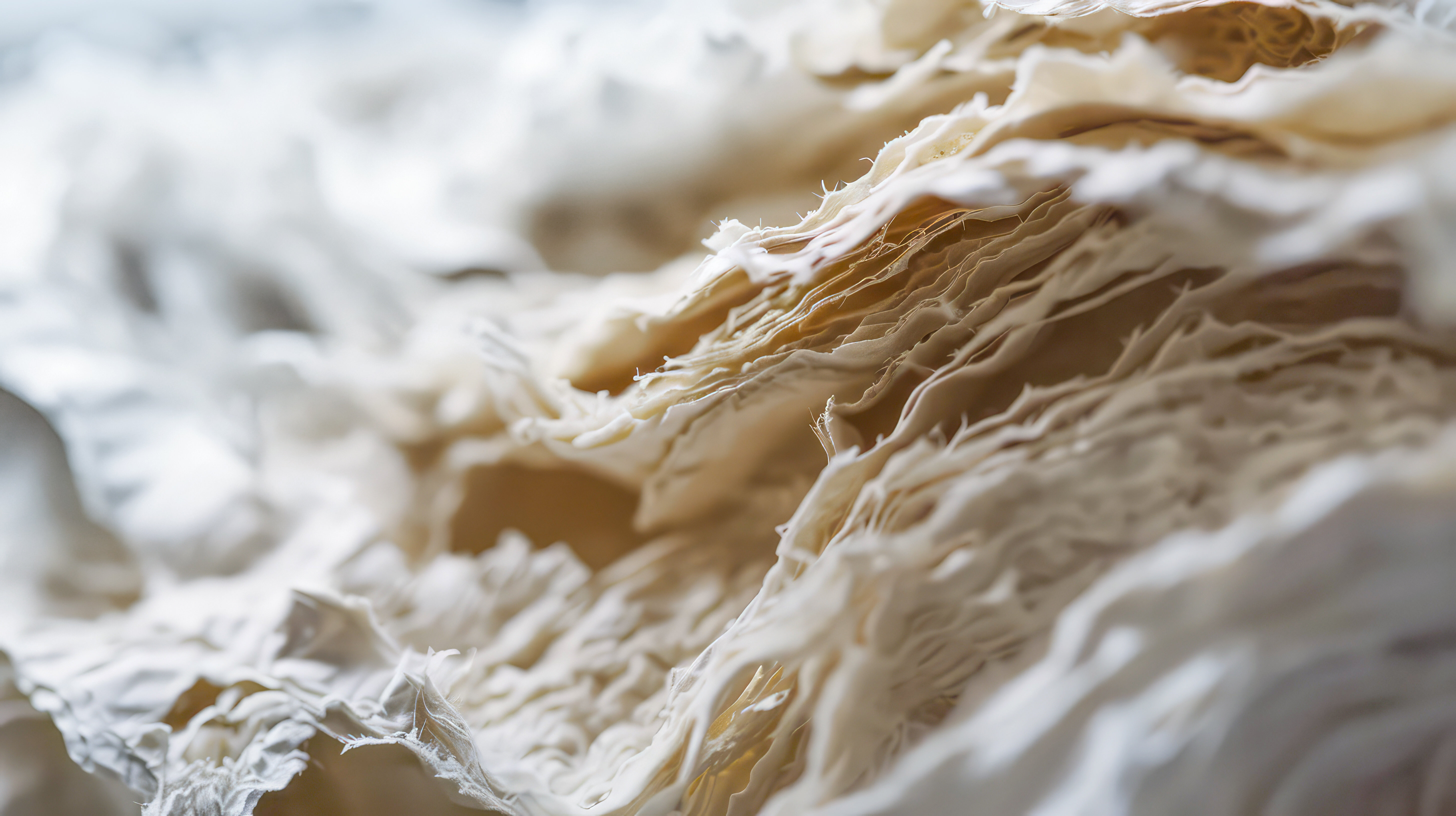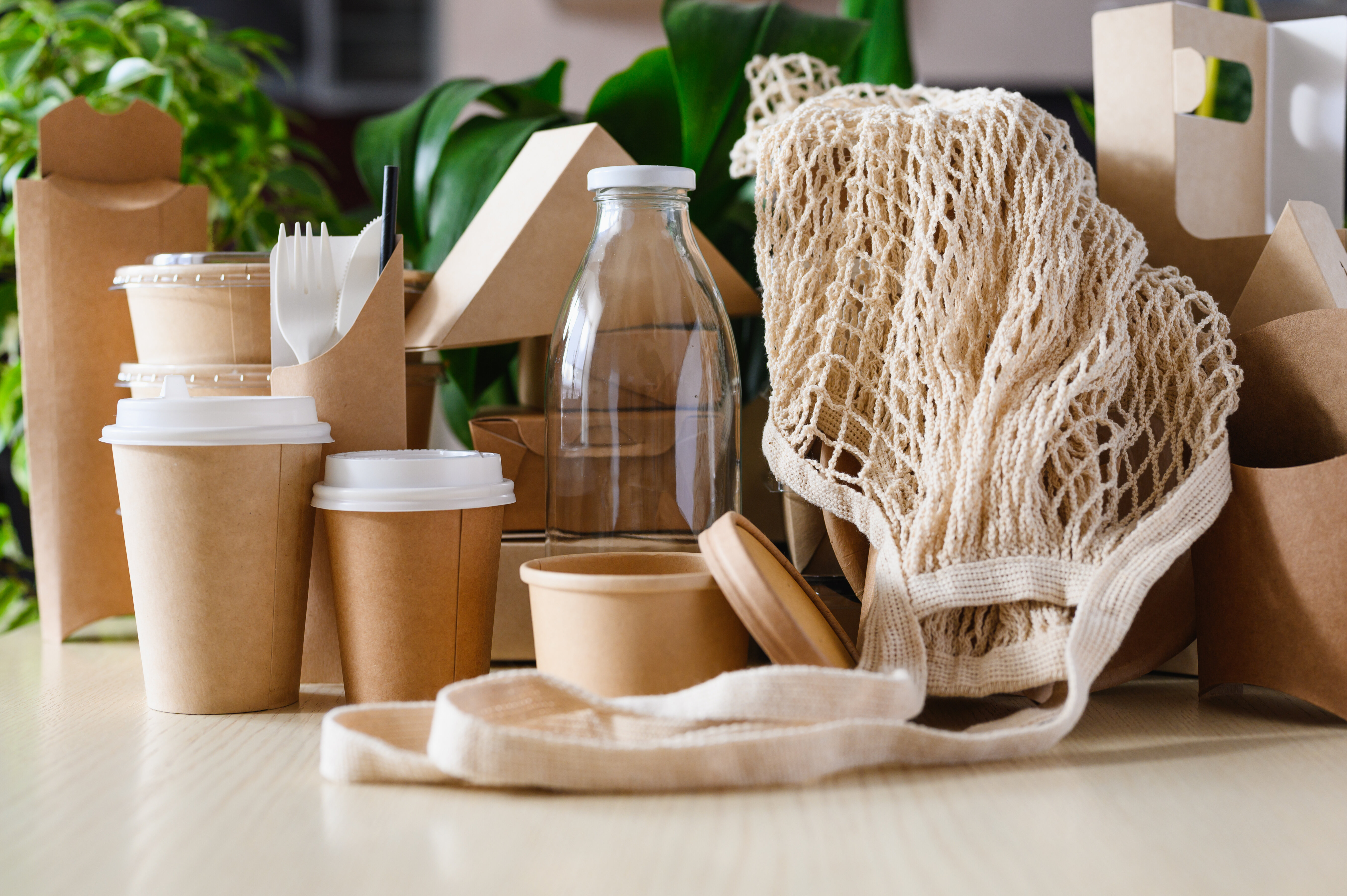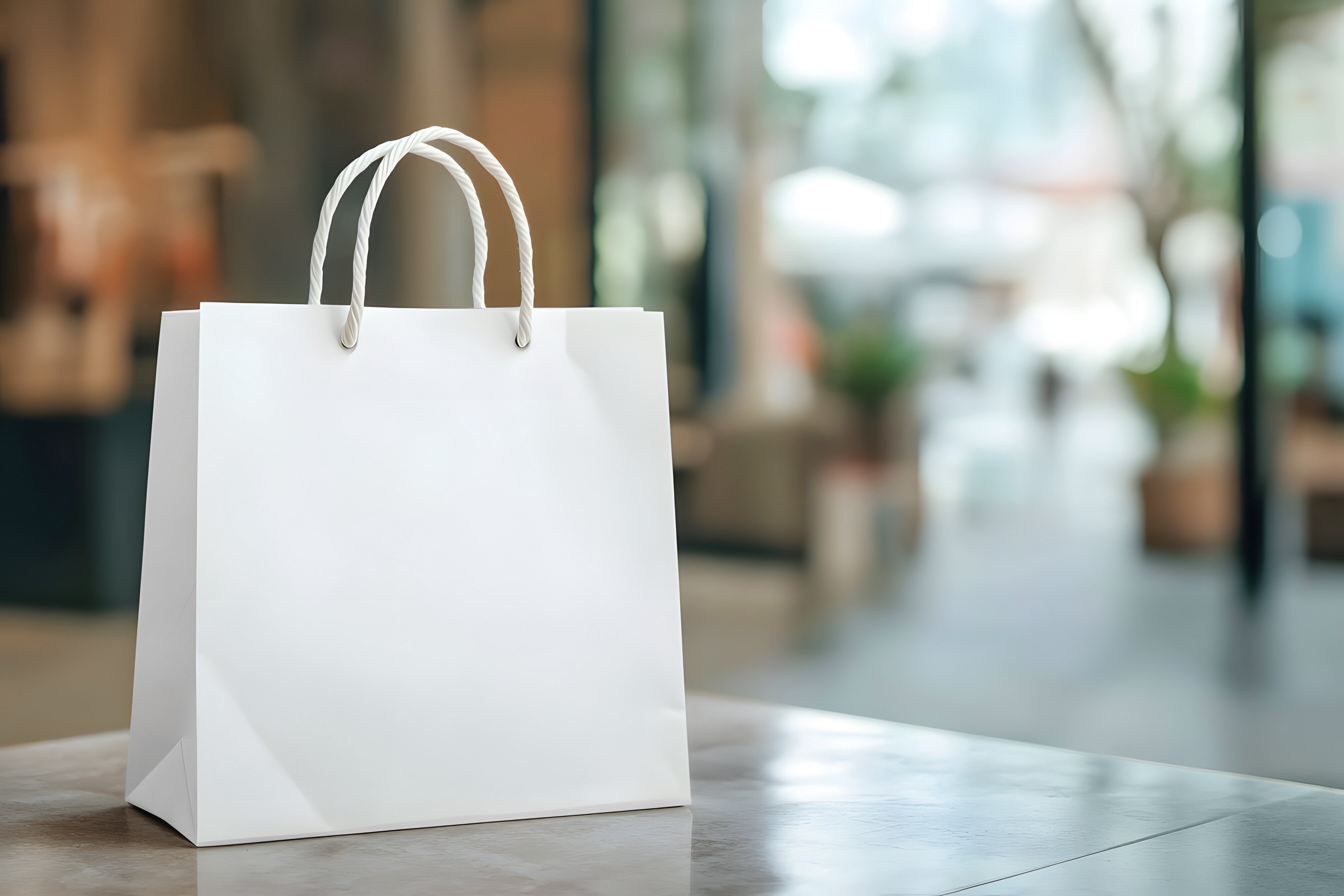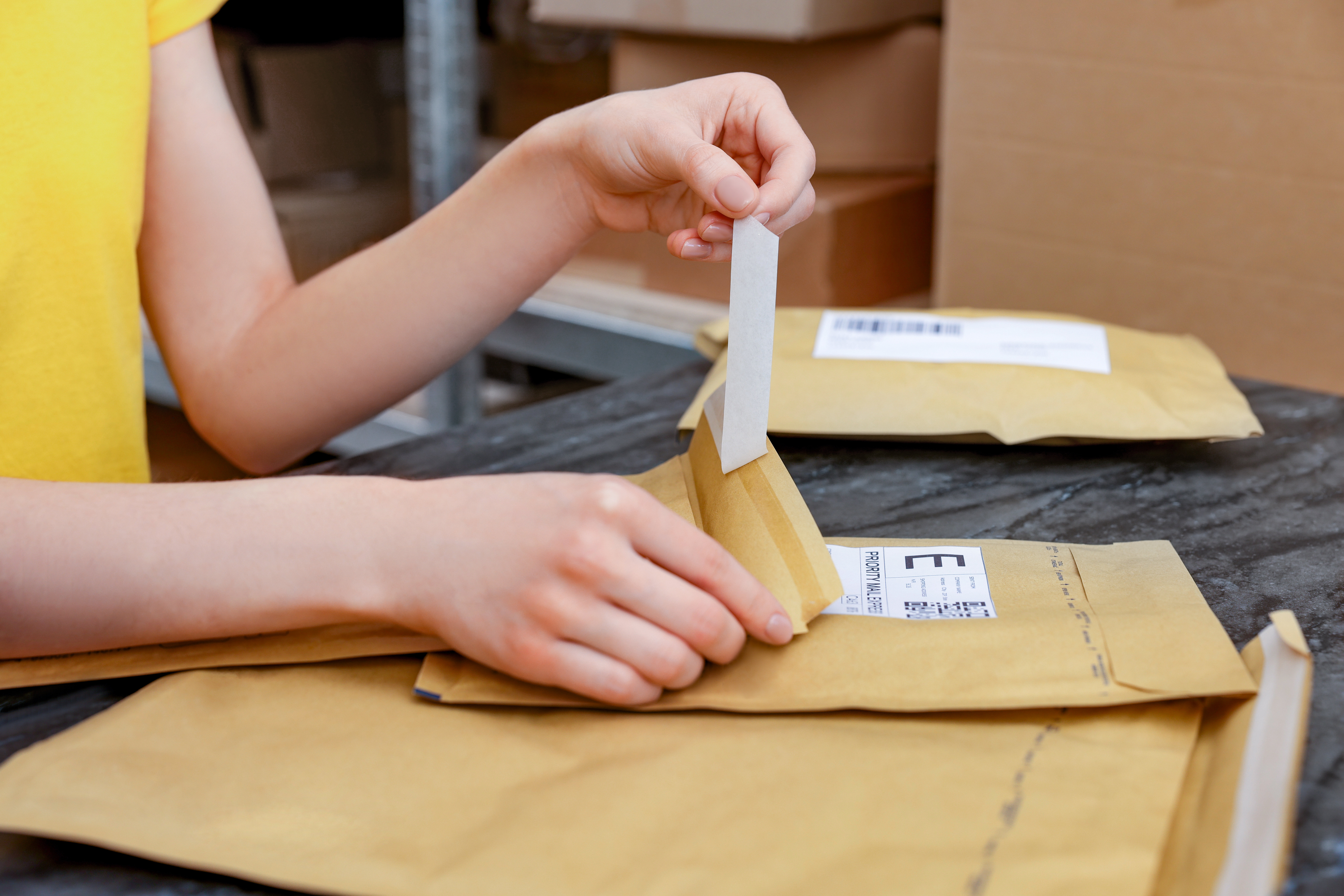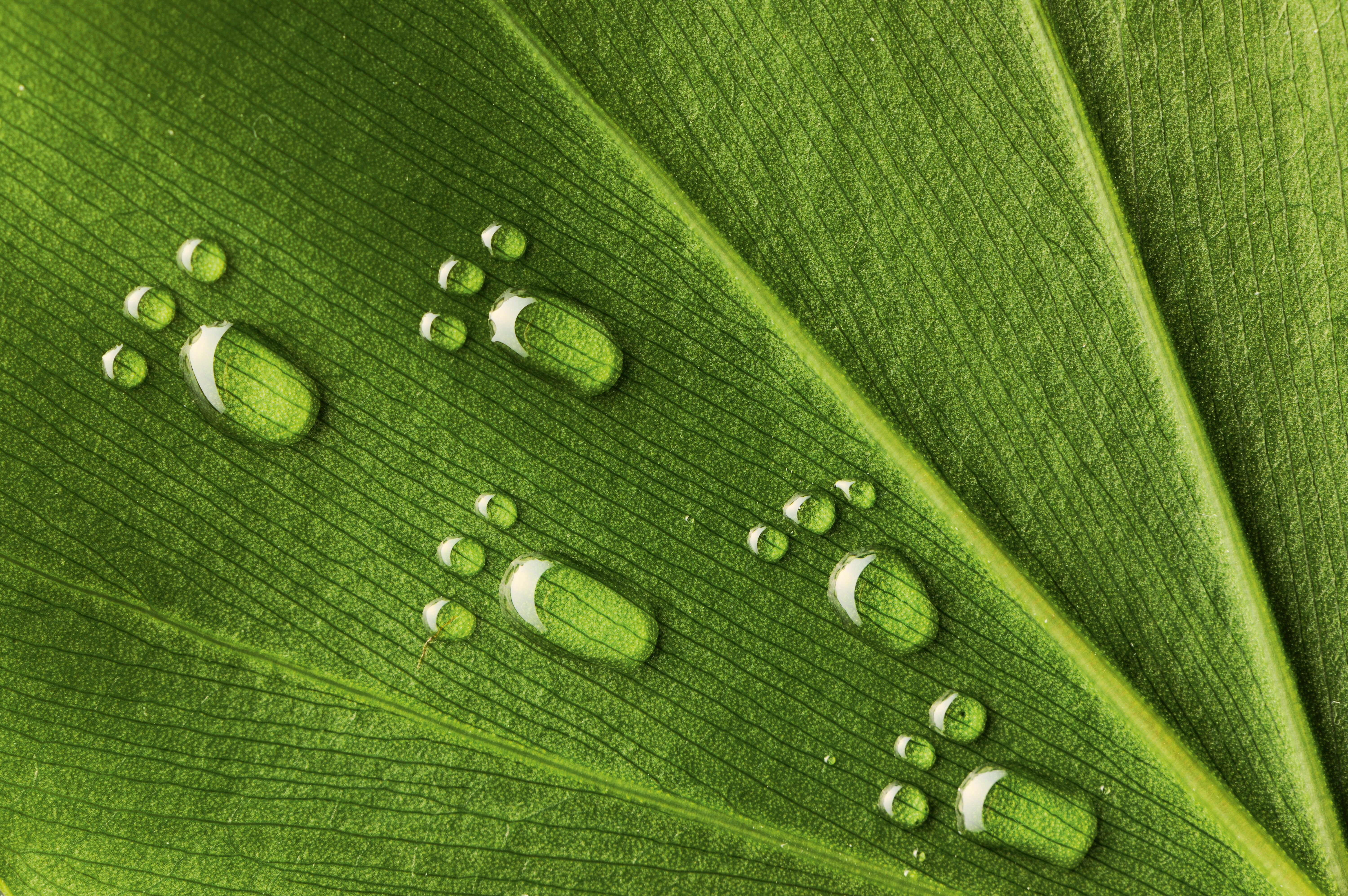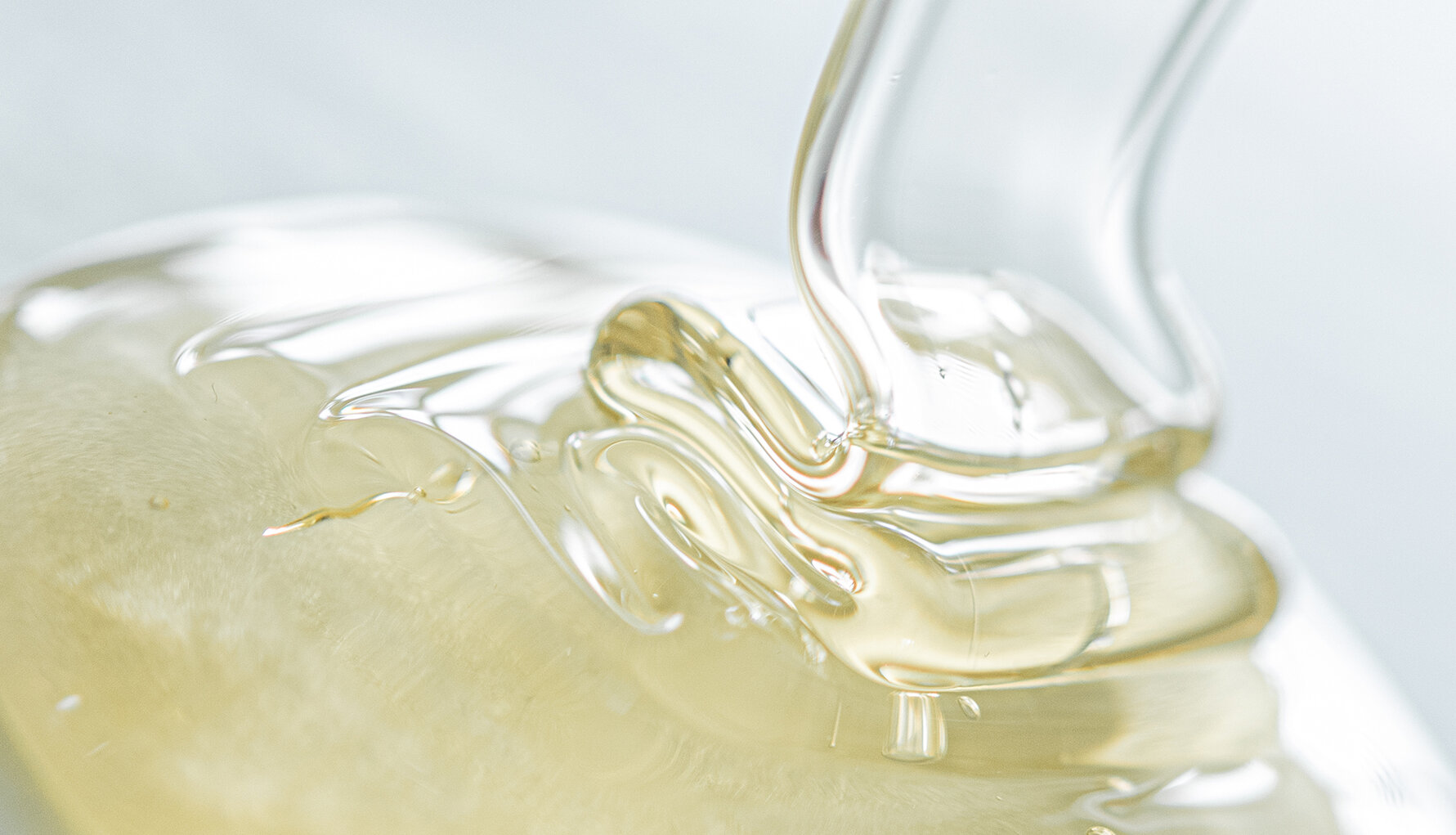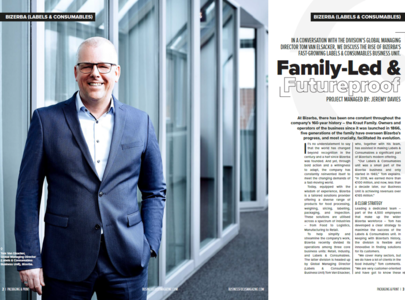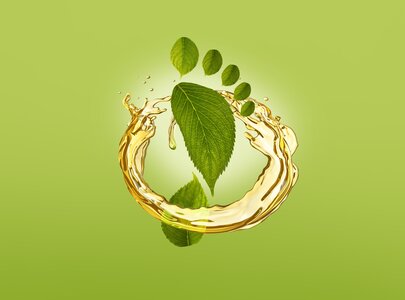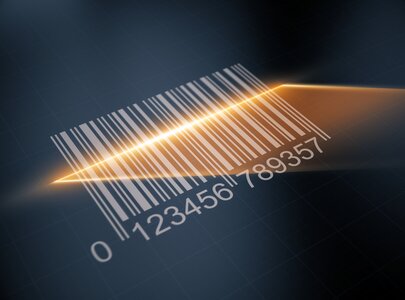We use cookies to provide you with an optimal user experience. Some cookies are necessary for the operation of the site, others are used for statistical purposes, comfort settings, or to display personalized content. You can decide for yourself which cookies you want to allow. Please note that due to your settings, not all functionalities of the site may be available. For more information, please see our Privacy Policy and Cookie Policy.
Details
The advantages of artimeltrepulpable extend beyond the paper industry; they can also be used in particular in the cardboard industry.
Paper recycling
What actually happens when paper is recycled? It’s all about what’s called “pulp.” This refers to a pulpy mass of various fibrous materials, namely wood pulp, which consists of varying proportions of cellulose, hemicellulose and lignin, normally along with waste paper.
Waste paper is usually the most important raw material for paper in terms of quantity, at least in the case of recycled paper. Waste paper gets broken down into its individual fibers using water in the pulper. The secondary waste paper fiber obtained in this way is then available for the production of new paper.
However, there is the question as to whether the adhesive contained in the waste paper – e.g. from labels – affects the quality of the recycled paper. artimeltrepulpable is a hot-melt adhesive that says: it shouldn’t. Initial tests prove this.
Best in Class
During repulping, it is important that the filtration processes involved remove as many substances as possible from the pulp that should not be part of the new paper: ink, plastic components and adhesives, too. Tests have shown that when artimeltrepulpable is used, all adhesive residues and the paper fibers adhering to them can be filtered out. The “RejectScore” was an outstanding 93 out of 100 points (at 2.7% coarse reject + 0.7% fine reject) – which corresponds to a “best in class” rating! In addition, the pulp retains a large portion of its fibers during the recycling process when artimeltrepulpable is used, meaning fiber loss remains low and paper yields high.
Further aspects
When recycling paper, it is also important to consider whether the recycled paper contains any impurities and how high the sheet adhesion is. In order to have material on hand to check for these, test sheets are pressed from the newly extracted pulp.
In the case of artimeltrepulpable, the visible impurities were classified as “acceptable” for production. However, these impurities could not be clearly attributed to the adhesive present in the starting material. They may simply come from the waste paper sample used.
“Sheet adhesion” refers to the degree of adhesion between individual sheets of paper. Of course, it shouldn’t be too high, as otherwise a printer, for example, will draw in several sheets at once. The test sheets allow us to measure the subsequent sheet adhesion, which is divided into three levels. And here, too, the results for artimeltrepulpable are extremely encouraging, as the sheets reached Level 1, i.e. “no adhesion issues” (Level 2 = minor adhesion issues, Level 3 = significant adhesion issues).
Summary
Overall, the product artimelt L1 945, which has now been presented as the first representative of the artimeltrepulpable family, performed excellently in the tests. The overall result was a score of 88 – significantly more than sufficient to enable paper recycling (scores between 0 and 100 are considered “suitable for standard mill recycling”). For the paper and cardboard industry, this means that products manufactured with these hot melts can be easily recycled. The pulp produced during the recycling process is free of adhesive residues and is therefore suitable for higher-quality paper and cardboard products.
Applications
In addition to the paper and cardboard industry, artimeltrepulpable is likely to be of great help in the production of packaging materials in general, as well as in the labeling of paper products. This also applies to bonding cardboard boxes. If they are intended to be recycled, adhesive residues interfere with the process. artimeltrepulpable solves these problems. The new products are clean, high-quality and environmentally friendly.
Sustainability at artimelt
Beyond the specific adhesive series with the artimeltrepulpable property, our efforts in service of sustainable product development encompass a large number of other aspects. They range from the selection of raw materials and the actual production to the application phase and the question of what happens to a product at the end of its life cycle, because the issue of recycling also affects the adhesives industry.
However, since suppliers such as artimelt have no control over the actual application phase of their products, the system boundary of the life cycle assessment (LCA) must be narrowly drawn: the “cradle-to-gate” approach assesses the environmental impact of a product from when the raw materials are extracted up to the point of reaching the factory gate. CO2 equivalents (into which other greenhouse gases are also converted) are the key unit of measurement, and the most commonly used metric for this kind of assessment is the product carbon footprint (PCF).
An example of lasting impact despite limited system boundaries is the artimeltrepulpable product line. Improved paper recyclability extends the use cycles of the end products, thus reducing the overall environmental impact – which in turn has a positive impact on the end product’s PCF.
Initial PCF values are already available for selected products. On request, artimelt also calculates the ecological footprint of customer-specific hot melt adhesives.
Would you like to find out more about our sustainable products? Contact us for a consultation, during which we can show you samples and discuss the next steps.
Contact us via this form or give us a call at: +41 41 926 05 00
Learn more about "sustainable hot melt adhesives by artimelt" here.
